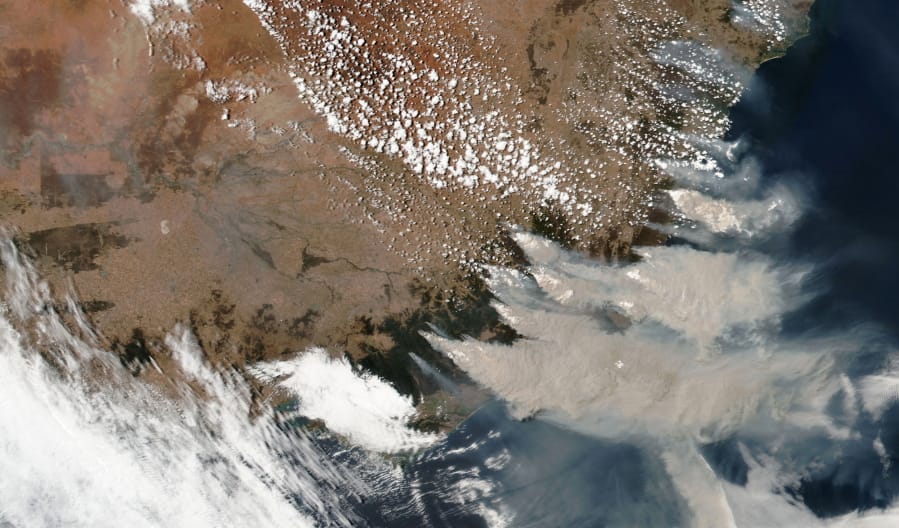WASHINGTON — Climate change raised the chances of Australia’s extreme fire season by at least 30 percent, according to a study released Wednesday by climate scientists at the World Weather Attribution group.
Scientists from Australia, Europe and North America calculated just how much human-caused global warming elevated the likelihood of Australia’s record-setting fire season by comparing high-resolution computer models of the continent facing varying levels of climate change.
The scientists took into account differences in climate conditions in about 1900 compared to current conditions, tabulating both measured and observed changes in temperature, drought and fire intensity.
Last year was both the hottest and driest year on record in Australia since measurements began a century ago.
“There is evidence that Australian fire seasons have lengthened and become more intense — and extreme temperatures have played a role in this,” said Sophie Lewis, a climate scientist at the University of New South Wales in Canberra, Australia, and a co-author of the study.
“Climate change is now part of Australia’s landscape — extreme heat is clearly influenced by human-caused climate change, which can influence fire conditions,” she said.
Australia’s 2019-2020 wildfire season burned a record 47 million acres, displacing thousands of people and killing at least 34. The fires also razed rare habitats and killed more than a billion animals.
A decade ago, while scientists often discussed how climate change increased the likelihood of extreme weather patterns, they were reluctant to explicitly connect any specific weather event with climate change.
Today, more precise computer models allow scientists to pinpoint the degree to which an altered climate influences the chances of individual extreme wildfires, floods, droughts and heatwaves.




